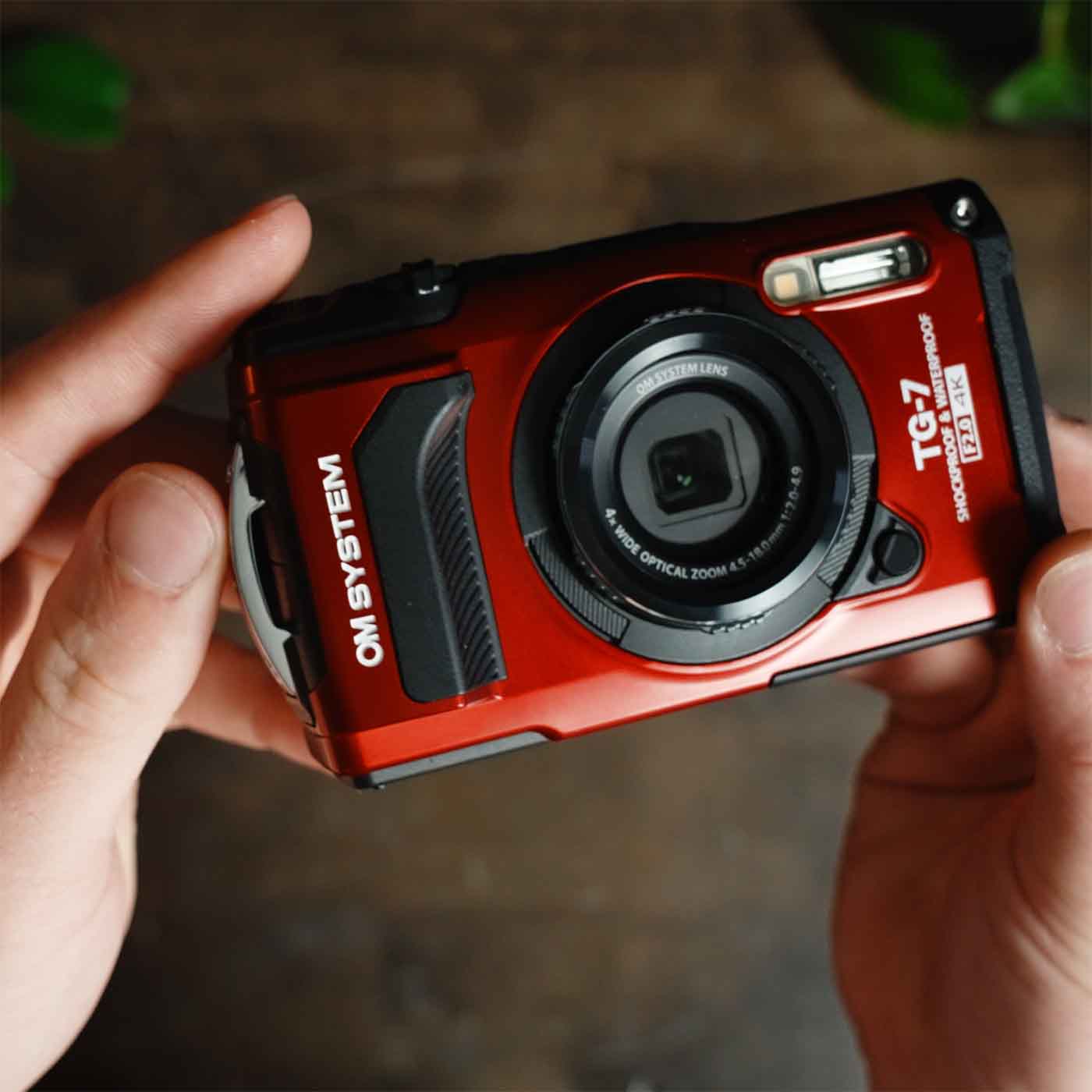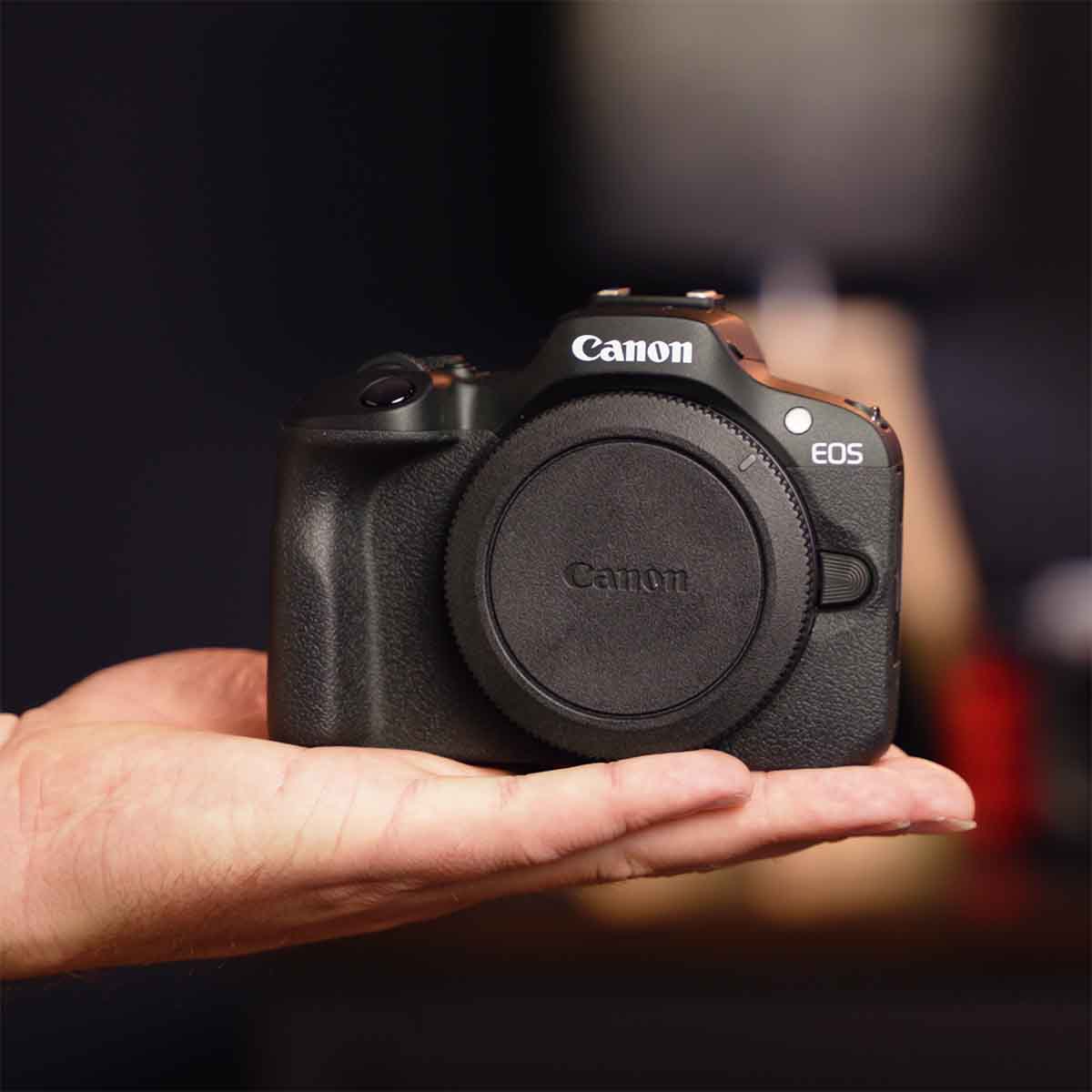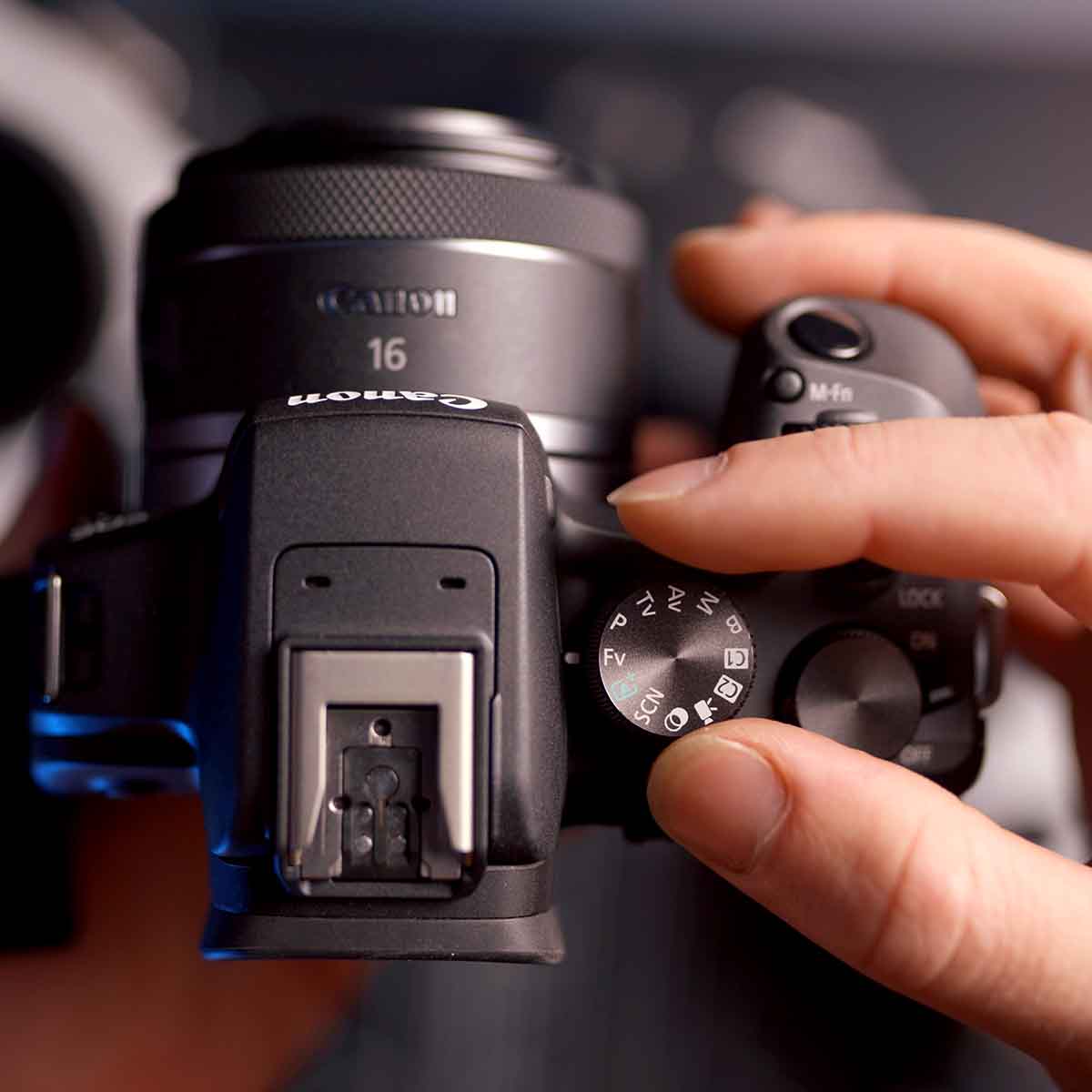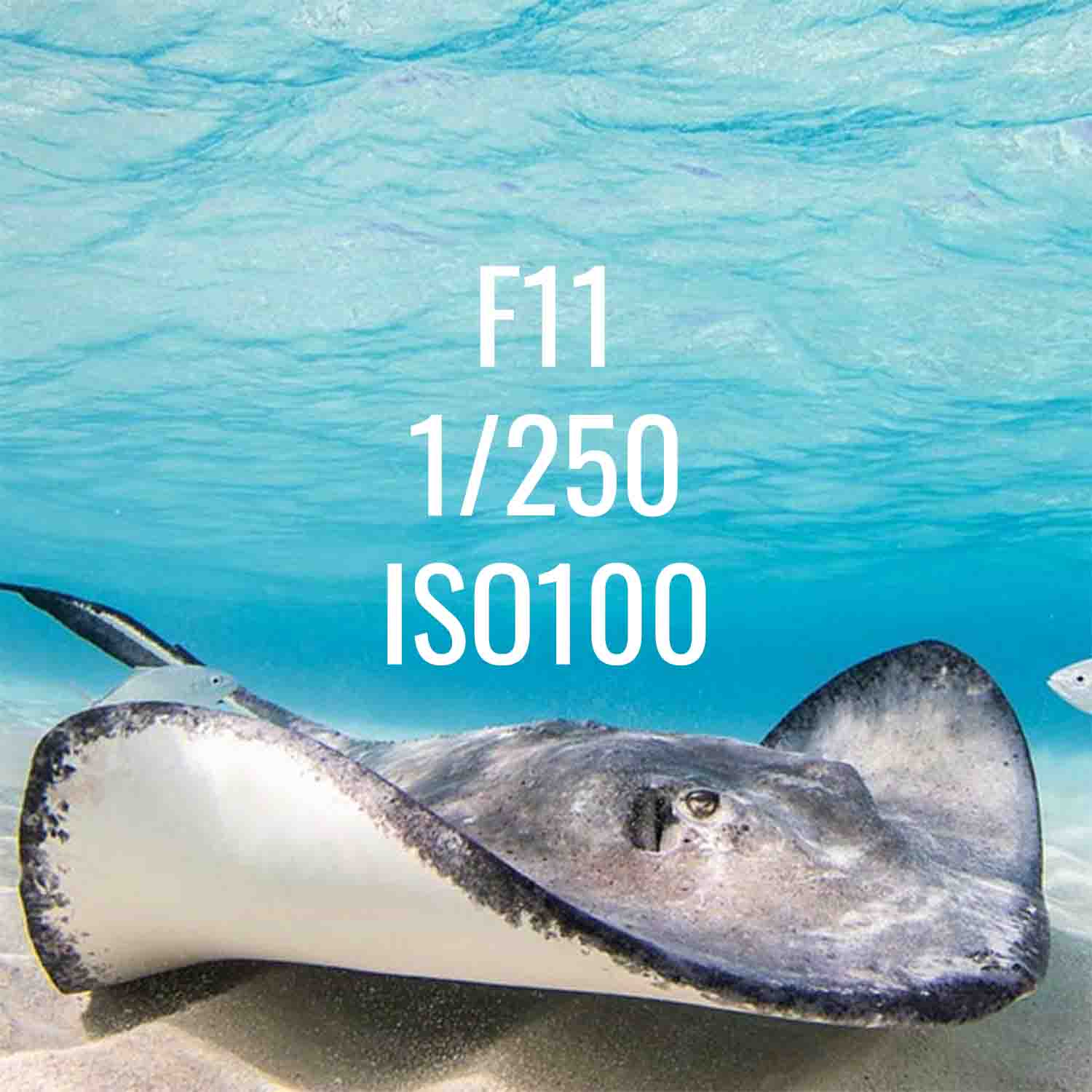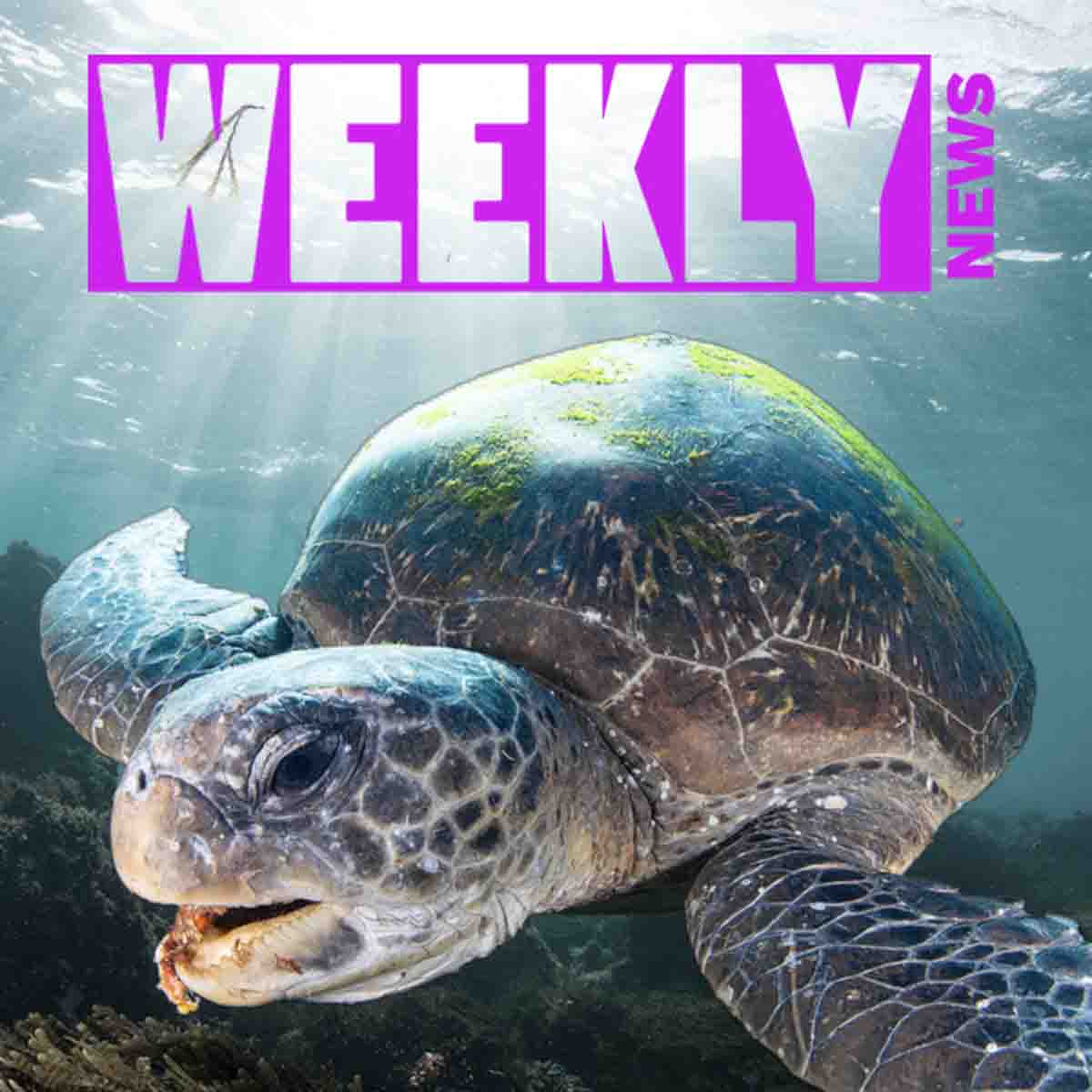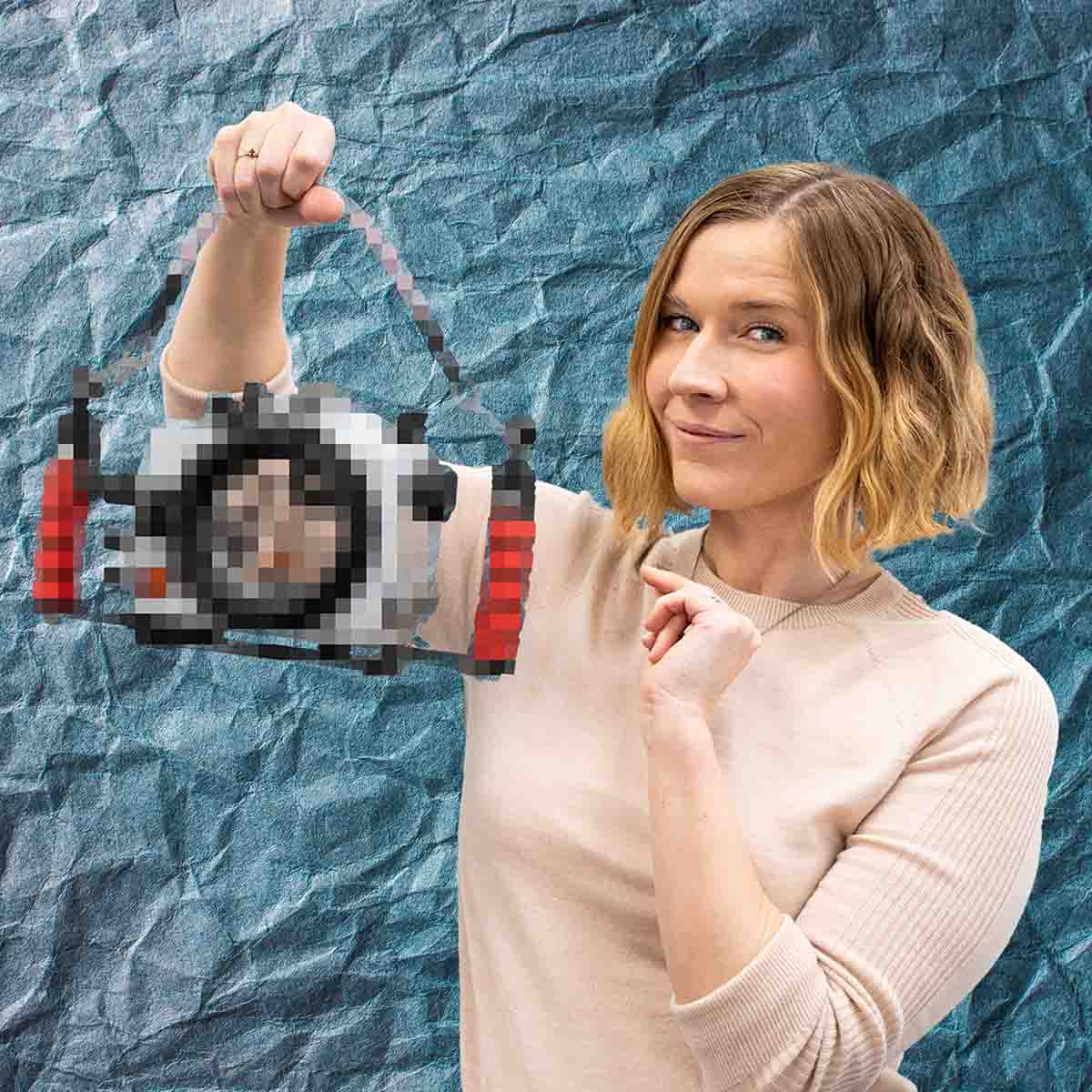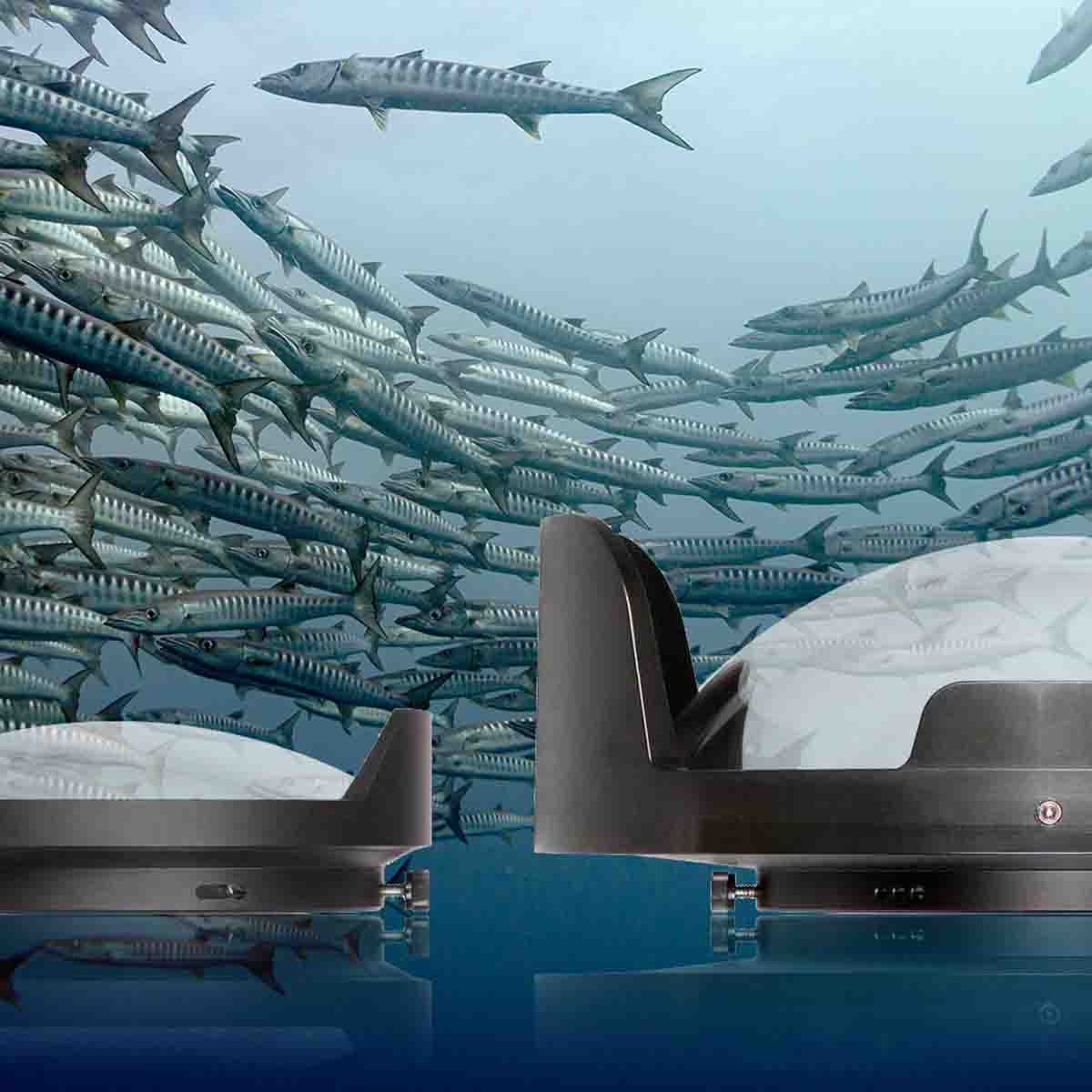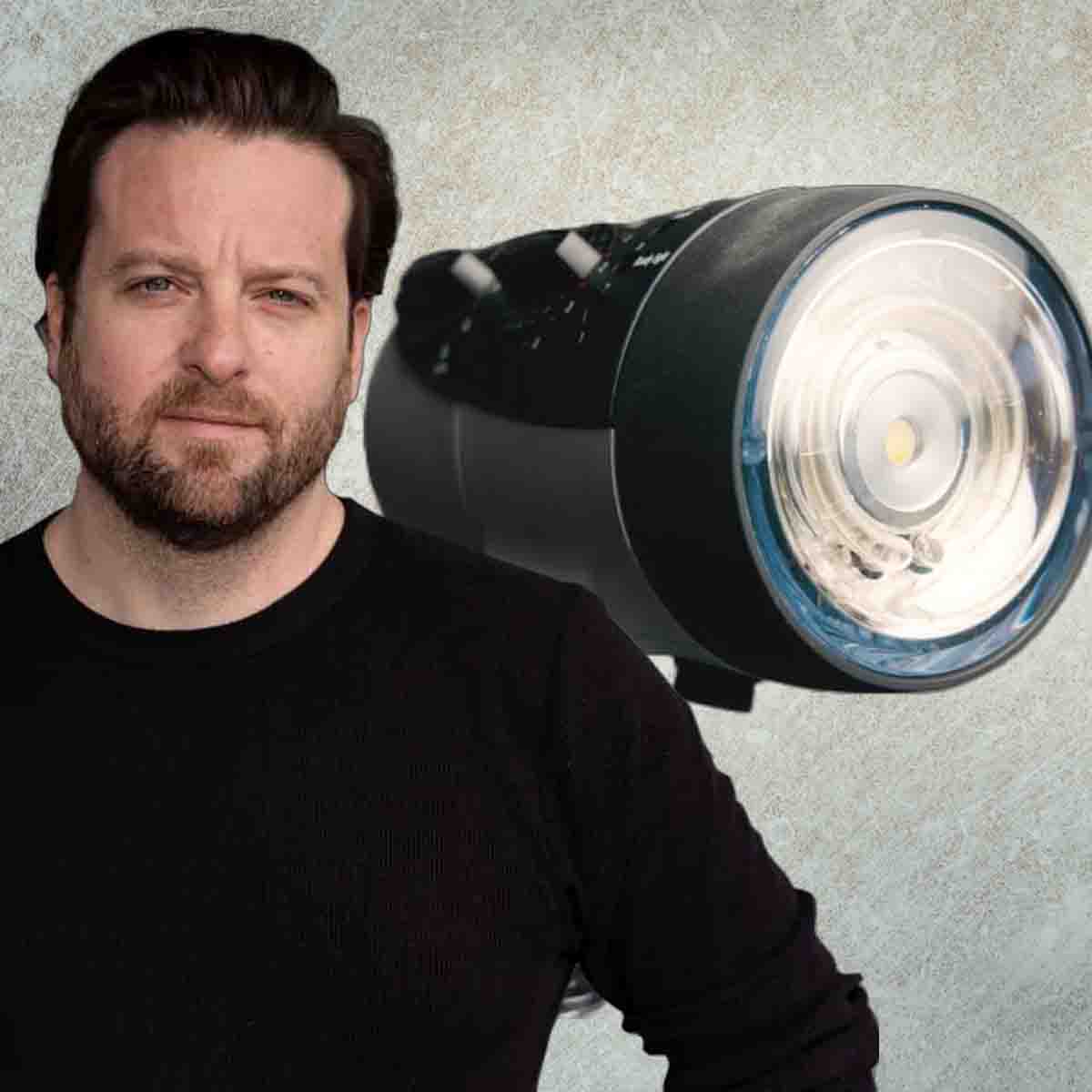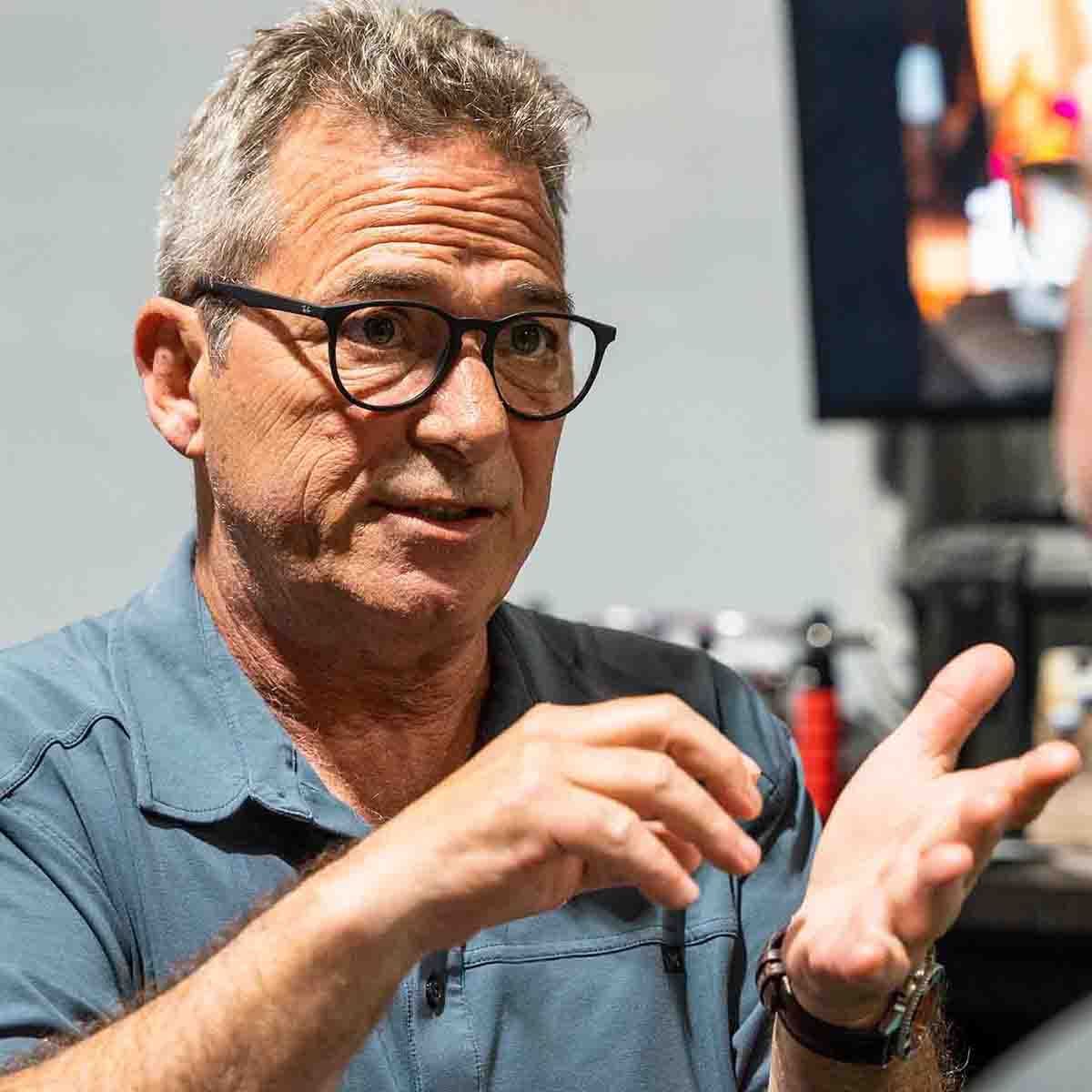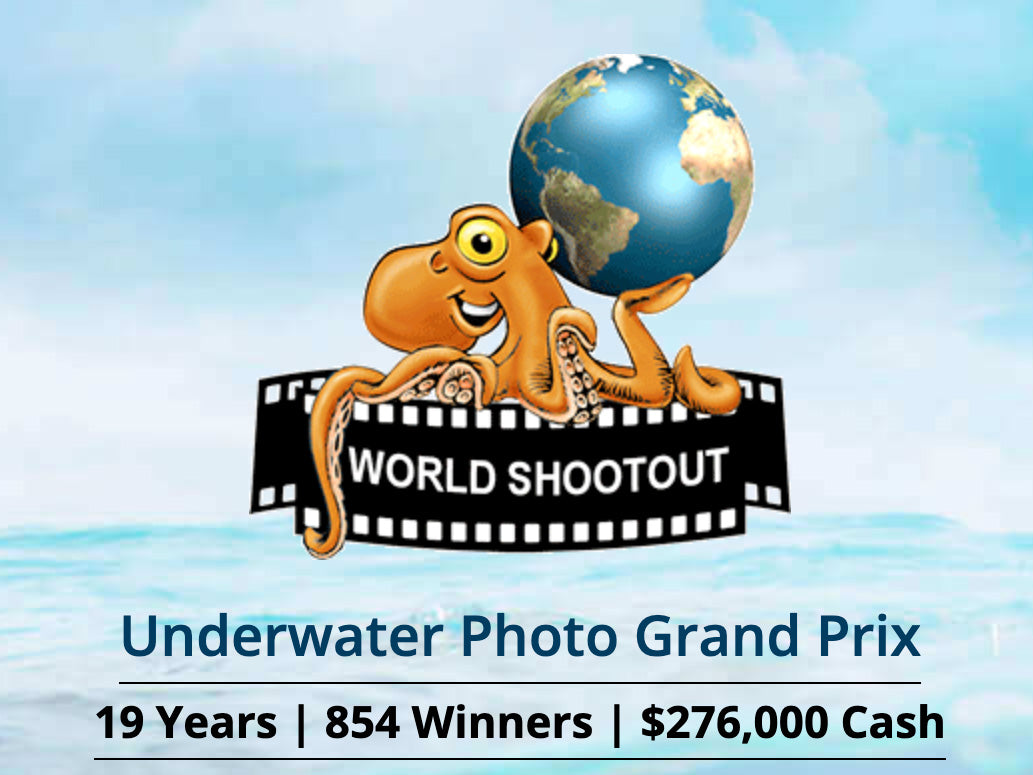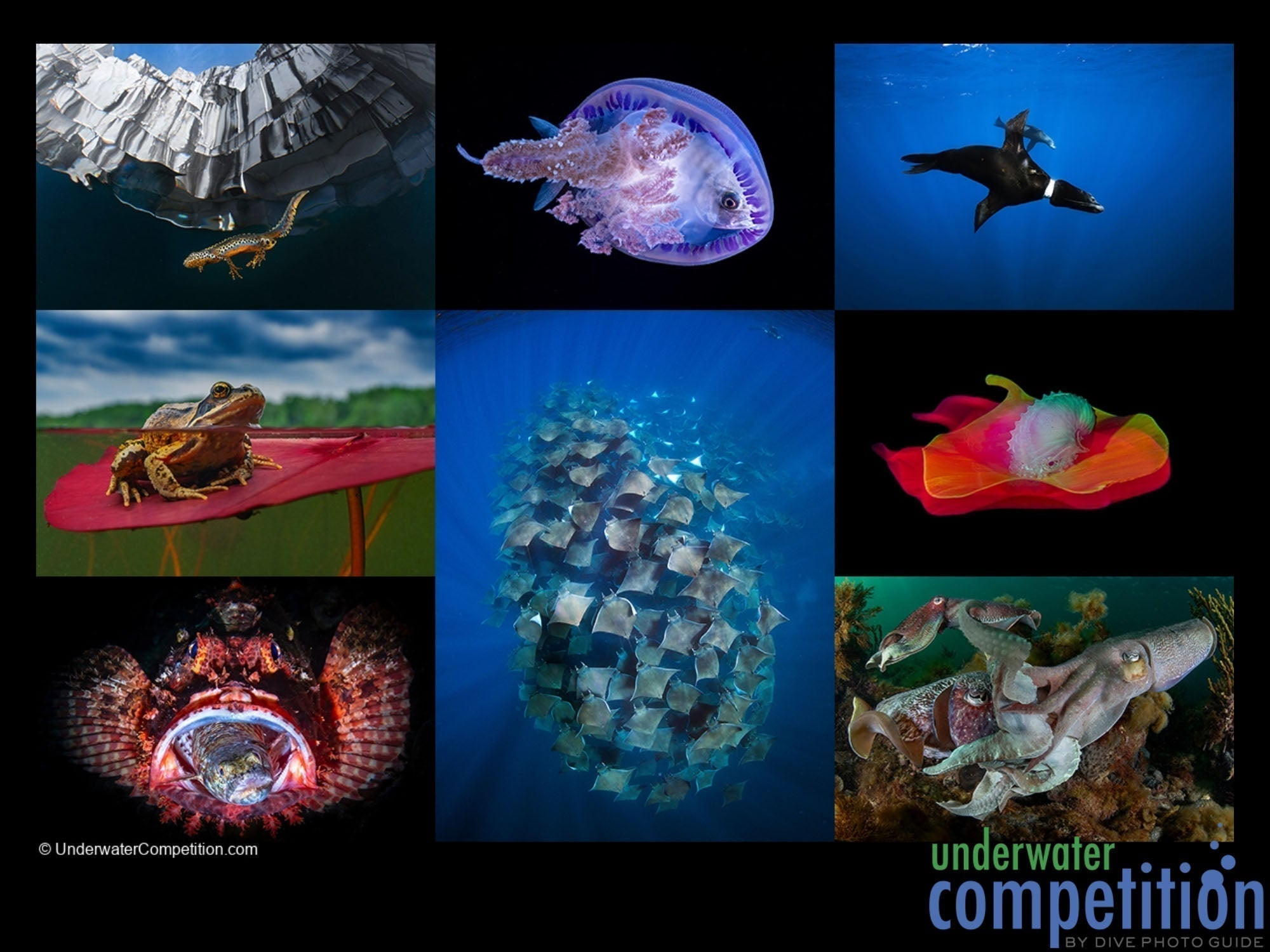Article and Images by Josh Blank
If you're an underwater photographer passionate about the ocean’s largest species, there’s a good chance you’re already well aware of the Mexican Sardine Run that takes place along the Pacific Coast of Baja California Sur. Each year in November and December, sardines spawn in Magdalena Bay and begin their journey offshore where they are met with various oceanic predators including striped marlin, Californian sea lions and different types of whale just to name a few. As the sardines leave the bay they are quickly targeted as an easy meal eventuating in an incredible spectacle of nature. This was an expedition that had long been on my bucket list and in 2024 I finally got the chance to put a small group of 5 together, and experience the action up close and personal!

Feeling like we had been dropped straight into a scene from Blue Planet, we watched sea lion after sea lion dart into the bait ball to grab a fish before joining the others keeping the fish static and well controlled.
My main goal for the trip was fairly straight forward; find giant static bait balls and photograph striped marlin and sea lions in the act of hunting. Of course, knowing how magical Baja California can be, I remained cautiously optimistic that we would find a few surprise species along the way. After touching down in Lose Cabos Airport and clearing customs, we made our way to Cabo San Lucas for the night to rest up and prepare our cameras before making the 5 hour drive up the coast the following day.
Once we arrived at our accommodation by the bay, we settled into our rooms and met for dinner. Our group sat around the dinner table eagerly manifesting all the exciting animals that we were hoping to encounter; little did we know, just about all of our wishes were about to come true over the following 9 days. Now before I share the most exciting moments, I'll first set the scene and provide some behind the scenes insight on a typical day chasing bait balls.
Starting at 5:30am and often returning home at 5:00pm (some days even later), the days were long but always full of excitement and adventure. Depending where on the bay you’re staying, the drive to reach the open ocean ranges anywhere from 30 to 60 minutes and can involve passing through a very thick layer of fog (at least this was the case in 2024). The fog is absolutely freezing and I must admit, at times made us question our own sanity! Fortunately, it dissipates almost immediately upon leaving the bay allowing you to somewhat thaw out before shivering into your wetsuit and beginning the search for wildlife. From the moment we left the bay, our eyes were fixed on the horizon specifically looking for frigate birds circling high in the sky which is a key indicator that some bait ball action is taking place down below. Equipped with only a mask, snorkel and fins we began exploring offshore. Some bait balls were dynamic meaning they were constantly on the move while others were static remaining stationary in the water. It was these static bait balls that were of course more productive for photography, however, even the dynamic ones were worth jumping in to capture wild, fast paced scenes often with multiple different predators in action. Water temperature ranged anywhere from 19 to 24º celsius (66.2 - 75.2ºF) and visibility around 20m (65 feet) of mostly blue water - perfect for photography.

Shooting with a wide angle lens allows you to compose exciting imagery combining multiple elements into a single frame.
Now to the trip highlights! It feels almost impossible to condense all the amazing encounters we experienced into a relatively short blog post, so I thought I would share my 5 favourite images along with a brief story behind each photo.
Striped Marlin Fight for Final Fish

© Josh Blank
This image was taken on what was by far the most chaotic bait ball of the entire expedition. There were between 30 and 50 striped marlin all competing with each other for the final 30 or so sardines. As the bait balls become smaller the sardines will seek shelter behind divers which is both a good and bad thing. It’s good because the photographic opportunities are unmatched with marlin darting around you just inches away from your dome port, however, this of course can get quite dangerous! These predators are incredibly quick and fast shutter speeds are a must in order to sufficiently freeze their motion.
Giant Baitball with Sea Lions

© Josh Blank
One afternoon, we spotted a massive number of birds circling high in the sky so of course we quickly made our way over to investigate. Upon entering the water we saw the largest static bait ball of the entire trip being hunted by over 50 Californian sea lions. Feeling like we had been dropped straight into a scene from Blue Planet, we watched sea lion after sea lion dart into the bait ball to grab a fish before joining the others keeping the fish static and well controlled. After about 1 hour, and literally hundreds of photos and videos, the baitball turned dynamic so we decided to leave it and continue searching for more action elsewhere!
Orcas and a Bryde's Whale

© Josh Blank

© Josh Blank
Perhaps one of the most unexpected encounters of the trip occurred when we found ourselves in the water with not only a pod of orca but also a Bryde's whale on the same jump. On day 4 of our expedition we got very lucky coming across a pod of 10 orca early in the morning. Our first time entering the water, we photographed a large male orca passing by. As we began to swim back towards the boat our captain yelled out to look down! Beneath us was a large Bryde's whale seemingly attempting to take shelter from the orca, possibly concerned it was about to be their next victim. Fortunately for the whale, the orca were not interested. The Bryde's whale did one large lap around us before heading off into the blue
Mola Mola in the Blue

© Josh Blank
One of the animals that our group really wanted to see, but knew would require a bit of luck, was a mola mola. About 1 hour after photographing the pod of orca, our captain spotted this very large mola mola basking in the sun. The visibility was incredible and with some amazing lighting beaming down from above, we all managed to capture some great images! This was one of the few animals we encountered that wasn’t moving at rapid speed. We were able to drop our shutter speeds and therefore shoot at lower ISOs for even nicer image quality.
Bottlenose Dolphins

© Josh Blank
On our final day of week 1 we have an amazing encounter with a pod of 8 bottlenose dolphins. The dolphins were initially playing with a couple of humpback whales when their attention turned to our boat. The humpbacks continued on their way along the coastline but the dolphins seemed determined to find someone to play with. We entered the water and soon found ourselves being circled by the pod as they dazzled us with their impressive acrobatics for just under 1 hour.
Recommended Equipment
To ensure you give yourself the best possible chance of capturing your goal images, it’s important to come prepared with the right equipment! 3 pieces of equipment that I would recommend are a set of freediving fins, a wide angle lens and a fibre optic converter assuming you own a set of strobes.
A Good Set of Fins
This one is arguably the most important as you will be exploring far offshore in the open ocean and therefore will be experiencing strong current and possibly rough surface conditions. Fortunately, you tend to drift with the static bait balls and it takes very little effort to remain close, however, dynamic bait balls can require a lot of kicking to try to keep up with the action. A strong set of freediving fins is very important.
A Wide Angle Lens
The predators you are targeting are all quite large averaging anywhere from 2 to 8m (6.5 - 26 feet) in length (in some cases much larger) and the bait balls themselves can stretch even further. Shooting with a wide angle lens allows you to compose exciting imagery combining multiple elements into a single frame. They will also enable you to get nice and close to the action and maximise variables such as sharpness, detail and colour. As a Nikon shooter, I found the 8-15mm fisheye lens behind the Ikelite DL 8 inch Dome Port # 75340 to be perfect but any wide angle lens between the range of 10-24mm would be suitable.
Fibre Optic Converters for Strobes
Leading into the trip I found myself constantly going back and forth regarding whether or not to bring my strobes. The fact is, strobes are more hassle than they are worth when shooting baitballs because the action can move very quickly and a heavy set of strobes can make getting on and off the boat quickly very challenging, often resulting in missing opportunities. The action also takes place in very shallow water with plenty of available light for sharp, vibrant images. There are however, a number of amazing sea lion colonies along the coastline which definitely benefit from strobe lighting. I recommend setting your strobes up to trigger via fibre optic cables so that they can be quickly added and removed in the field without concern of damaging equipment. Shooting with 2 x Ikelite DS230 strobes, I used the Fibre Optic Converters for DS Strobes # 4401.3.
If, like me, you live and breathe big animal underwater photography, visit my website at www.wildnarrative.com.au. I have a range of educational eBooks along with a quarterly eMagazine which delves into all things wildlife and photography. Be sure to also subscribe here if you are interested in joining me on future wildlife expeditions!

Josh Blank is a diver and underwater photographer based out of the Gold Coast of Australia. Through a combination of scuba diving and freediving, Josh is passionate about exploring the open ocean and photographing the larger marine species that inhabit the deep blue. With his photography he hopes to inspire, inform, and instill an interest in the underwater world. Josh is the author of two e-Books, Big Animal Underwater Photography and Advanced Techniques for the Big Animal Underwater Photographer as well as the author of the hit eMagazine Wild Narrative. Read more...
Additional Viewing
Chasing the Sardine Run Underwater in South Africa [VIDEO]
Nikon Z8 Underwater Review // Josh Blank Ditches the D850 [VIDEO]
Secrets to Photographing Mako Sharks Underwater with Josh Blank [VIDEO]
Sea Turtle Portraits with DS230 Strobes
Nikon Z 14-30mm f/4 S Lens for Underwater Photography Review & Results

